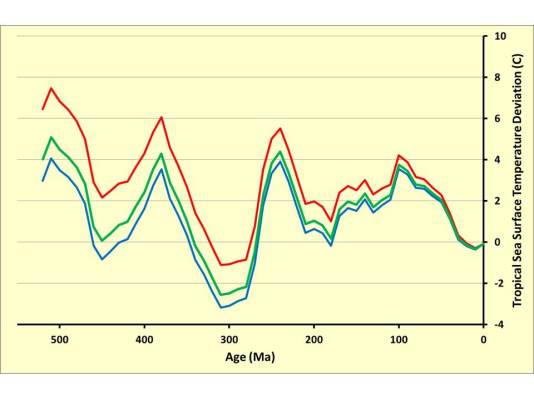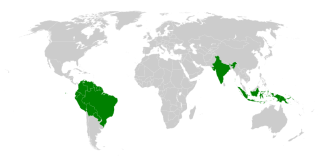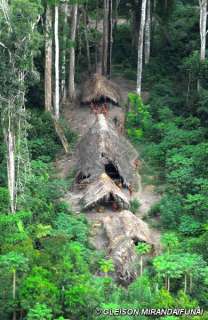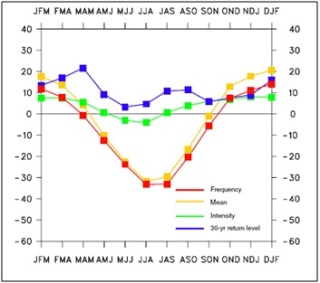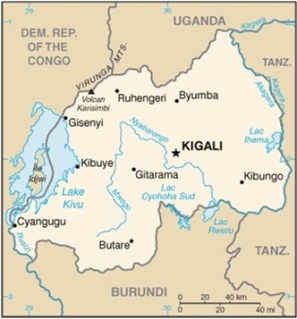This is a guest post by Luke Surl, a PhD student in the Centre for Ocean and Atmospheric Sciences (COAS) at the University of East Anglia, where he is researching the atmospheric chemistry of volcanic plumes. You can find him on Twitter, or visit lukesurl.com for his excellent science-inspired comics.
———————————————————————————————————————
Last week a giant purple blob descended upon East Anglia, with commotion and a flurry of newspapermen in its wake. The vulnerable were told to shelter in their homes, powerless to tackle its all-pervasive reach. Wisdom was sought from the sages of this ill-understood art, but all that could be done was hope the blight would soon pass.
A little dramatic license is appropriate for a guest blog, no? To decode, the purple blob is the region of “Very High” air quality risk shown on the official maps that have been appearing this week. These maps have been accompanied by warnings for asthmatics and others sensitive to such conditions. The “sages” are the atmospheric scientists who, normally eclipsed in the media spotlight by their climatic colleges, have been ubiquitous on in the media.
If you haven’t been keeping track, in short a combination of factors conspired this week to cause parts of Britain to experience an usually high level of particulate matter. Britons were breathing dust blown in from the Sahara, plus some with old-fashioned home-grown pollution. The weather slowed the dispersion of this event causing it to linger and intensify.
While “smog” seemed to be the media’s favoured term for the phenomenon, (evoking memories of the London smog of 1952) the discussion amongst the atmospheric scientists at UEA (where I do research) was of the aerosol counts. “Aerosol” is a catch-all term for solid and liquid particles suspended in air, and there are, critically two sorts. We deem primary aerosol particles directly emitted to the atmosphere whilst secondary aerosol are particles which form in-air from gaseous beginnings
The Saharan dust we have been inhaling is primary. Secondary aerosol is most readily created when the air has been polluted with sulphur and NOx. On an ordinary day, road traffic is the biggest such aerosol offender. In London, one of the principle raison d’etres of the congestion charge is to prevent such an air quality hit in a concentrated metropolis of cars and people.
Such technical distinctions are, however, largely ignored by ones lungs. Particles smaller than 10 micrometers in diameter travel into the lungs. The smallest of these can end up penetrating and settling deep into the respiratory system. This is not good news for anyone, especially asthmatics and others with similar conditions.
In some of the more morbid papers that atmospheric scientists are likely to come across, this air quality impact can be quantified. A 2009 study found Americans living in the most polluted areas can attribute air quality to their lives being about 2.5 years shorter than their cousins in cleaner areas. In China, where the economic boom has been quite literally dulled by thick smogs in its cities, the numbers are quite terrifying. These numbers are difficult to process. They are cold, dispassionate and cryptic, buried in journal papers few will read. But every data point hides an individual tragedy of a life extinguished early
Thankfully Norwich and London are nowhere near Chinese levels, though there are still thousands of such deaths a year. Britain, and the EU in general, quite rightly holds itself to very high standards with regards to its air.
As in everything, the recent incident has had a political dimension. Public debate has asked whether this incident is to be blamed on natural or human causes.
This misses the point. While the primary aerosol from the Sahara and the directions of the winds are beyond the remit of any public policy. But this natural phenomenon is compounded by human action. Regardless of how we apportion the blame, the particulates owing its existence to our cars and factories isn’t made harmless or insignificant by their natural counterparts, rather they can make a bad problem worse, especially for the most vulnerable. And even when the winds change and the purple blobs and media disperse, this pollution can still chip away days, months or years from human lives.
There’s nothing more essential to human life than the air we breathe, which is partly one of the reasons I have chosen atmospheric science as my field of research. It’s also fundamentally something we cannot help but share with our neighbours and community. Our air’s pollution and perturbation, from nature and from man, is something that will impact us all.



